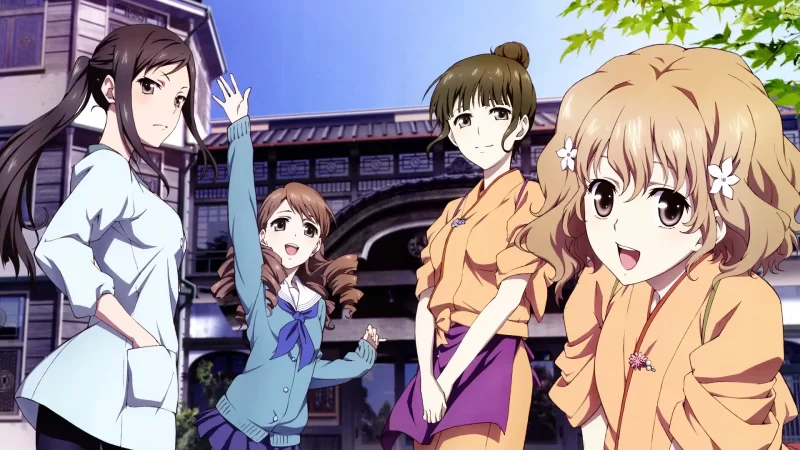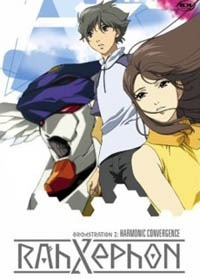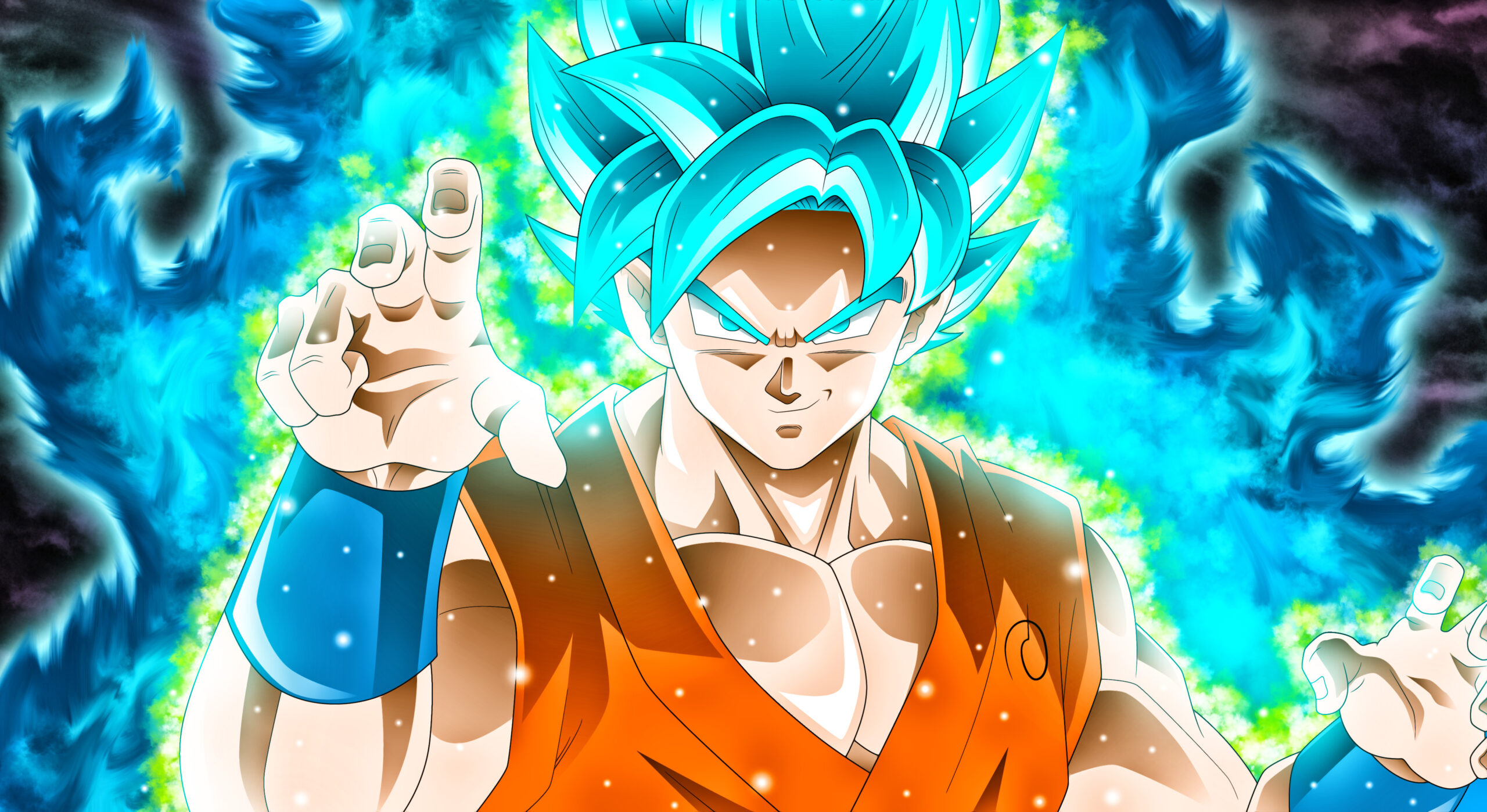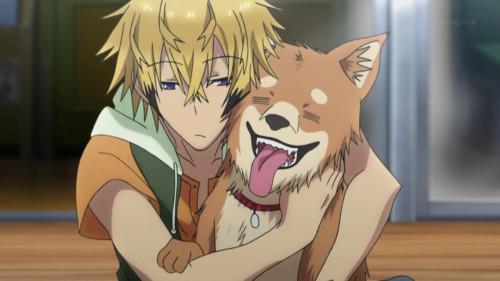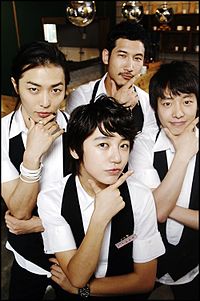Anime often does character studies and coming-of-age stories well. Hanasaku Iroha centers on Ohana Matsumae who is sent from Tokyo to live with a grandmother she had never met. Her grandmother runs a hot spring inn called Kissuiso. Her grandmother, at first, comes off as stern, uncaring, and harsh. She slaps the faces of the girls who work for her when they do something dire. She demands Ohana work in the inn to pay for her stay. Fortunately, Ohana’s life in Tokyo made her stubborn and strong-willed. Unlike the other members of Kissuiso, she stands up to her grandmother despite her fear of her grandmother. Life in Kissuiso isn’t easy, and her grandmother is a bit sterner on Ohana than the other members, which is saying something. Kissuiso houses other girls, such as Minko, who is Ohana’s age and works as an apprentice chef. Nako is another 16-year-old who cleans and waitresses part-time at the inn. She clinches the older-sister, motherly role. At home, she has to care for 3 younger siblings.
Much of the story centers around the dynamics of the three girls and the other staff members of the inn. There’s light romantic elements. Ohana has an unrequited love back in Tokyo (Koichi feels like she abandoned him despite how she had little to no say in her move), and Minko has feelings for junior chef Toru. As you can guess, this is an anime after all, Toru has feelings for Ohana. Personalities clash before gelling into friendships that tear apart again over the course of the story. There’s a lot of comedy throughout the series. At no point does the story become oppressive.
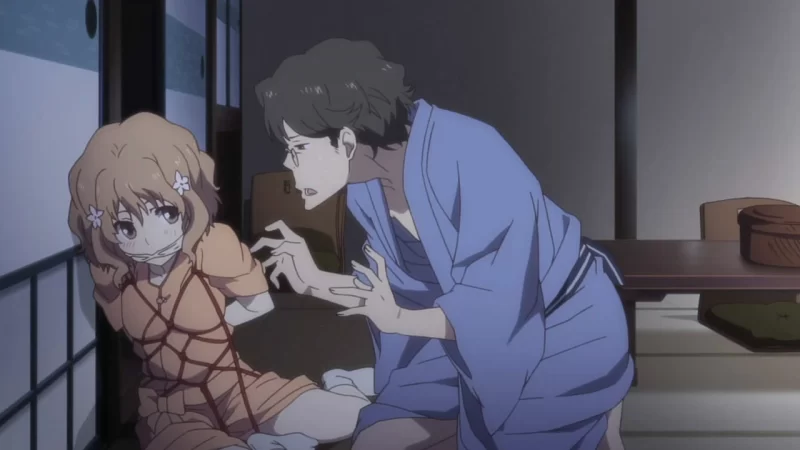
Each of the characters have distinct personal arcs and follow a similar coming-of-age arc as Ohana. Ohana remains the main character and the catalyst for the personal arcs of all the other characters. Ohana’s development arc also branches into her troubled relationship with her mother and her growing affection for her grandmother. The story’s introduction of Ohana’s grandmother makes this development interesting. Her grandmother appears to be a villain at the beginning. Over time, her grandmother warms up to Ohana without fully softening her sternness. These overlapping coming-of-age arcs happening all at once keeps the story moving and provides a lot of interpersonal-conflict. I don’t want to spoil the dynamics, but they were well handled and believable. Ohana’s difficulties with her mother and grandmother felt realistic and will resonate with many who has similarly strained relationships. Ohana’s upbeat attitude and forgiving nature hides her struggles and loneliness. At times, these feelings come to the surface.
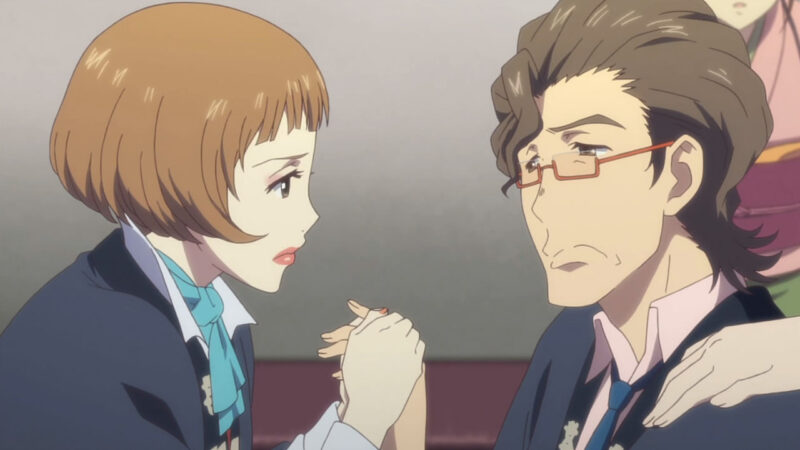
Hanasaku Iroha first aired in 2011, yet the animation holds up well. The style remains modern and the colors vibrant. Backgrounds are detailed and well done. You don’t see many still-frame panning or similar cost-savers.
Because Kissuiso is a hot-springs inn, what fan-service appears in Hanasaku Iroha feels natural. Most anime forces hot-spring scenes using a field trip or some other contrivance to the story. Here, the scenes become a natural part of the story. Of course, if you are new to Japanese culture and anime, the group bathing scenes may feel awkward. However, these scenes provide a good visual signal for the emotional nakedness the characters sometimes feel during these scenes. This trope works well with the story and the tension among the girls. In this case, fan-service scenes benefit the story.
Hanasaku Iroha’s characters hooked me. Although they fall into the usual anime tropes, with Ohana acting as the heart-over-head impulsive character (she does think things through sometimes), Minko as a tsundere, and Nako as a big-sister character, the characters remain interesting. The tropes provide a base for their character development arcs. I couldn’t always predict the actions of the characters during their interactions with each other. The story provides some surprises even for regular anime watchers. Over all, Hanasaku Iroha appeals for people like me who like more literary stories. Most slice-of-life anime fall into this category with their focus on character development instead of plot. Hanasaku Iroha’s blend of characters kept me interested to the point where I binged the show over a few days.

Over all, Hanasaku Iroha the character interactions are well-written and interesting, with the exception of Ohana’s uncle and and Ohana’s mother. The relationship between them felt odd and unnatural. Ohana’s uncle has an inferiority complex toward his sister, which shows up in his erratic efforts to modernize the inn and so one-up her. The idea is sound, but his personality grated. He was supposed to be the comedic relief, which works part of the time. It may be my sense of humor. Most anime humor leaves me flat at best or annoyed at worst. Ohana and friends had the best jokes while her uncle felt…exhausting. He does contrast well against his stern, stoic mother. His extreme sense of responsibility also contrasts well against his sister’s lack of responsibility. Ohana sits firmly between the two. Ohana is far more responsible than her mother and has a more realistic view than her uncle.
These sort of overviews can be difficult to write. I’m being vague and general on purpose so not to spoil anything. As many of you know, I dislike the Internet’s spoiler culture, so I try to avoid it as much as I can. Despite its age, Hanasaku Iroha is worth a watch if you haven’t seen it already and enjoy coming-of-age stories with overlapping character arcs.
